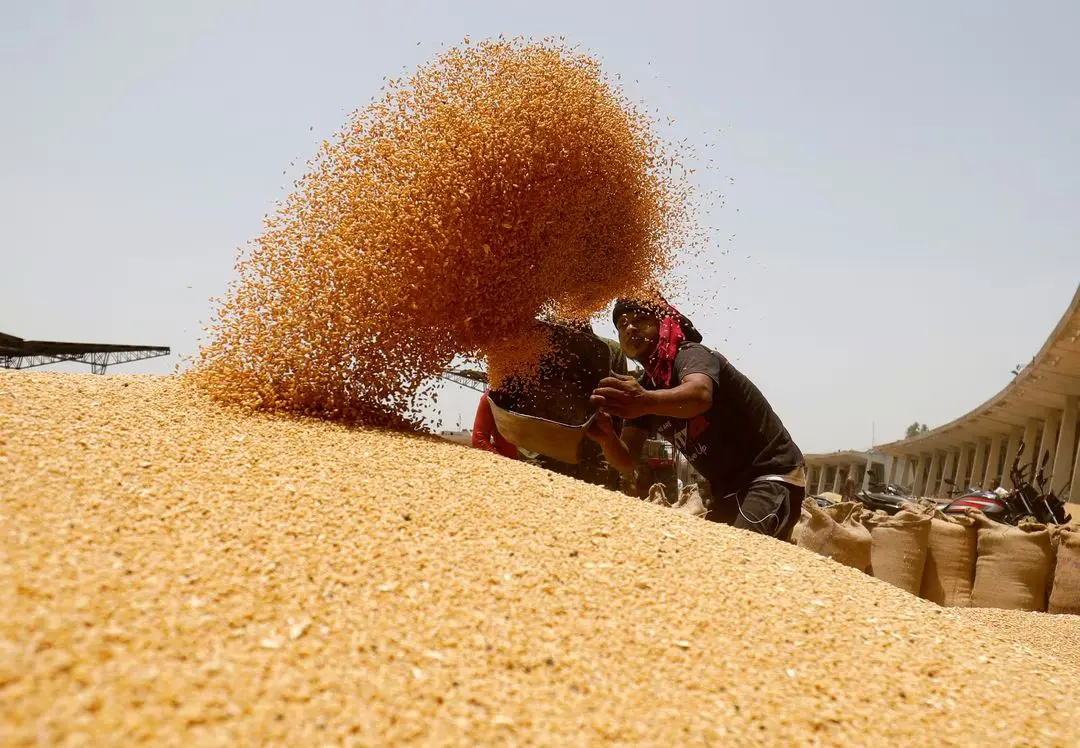
Mumbai, Oct 18 (The Street Press) – India increased the amount of money it gives to farmers for their new-season wheat by 150 rupees, which is 7% more. They did this to motivate farmers to grow more wheat, as New Delhi wants to make more wheat.
India, the second-largest wheat producer globally, decides on a price every year to support local farmers from selling their crops in a hurry and to keep grain in reserve for emergencies. They also use this grain to provide affordable food to those in need.
In 2024, the new purchase price for 100 kg of wheat is 2,275 rupees ($27.33), which is up from 2,125 rupees the previous year, according to Federal Information and Broadcasting Minister Anurag Thakur. While this 7% increase is considered a good step to motivate farmers to grow more wheat, some traders in Mumbai believe the government should have raised prices even more to match the higher market prices.
In important wheat-producing areas, the price of wheat soared to over 2,600 rupees on Wednesday, reaching an eight-month high. This was driven by robust demand for major festivals, restricted supplies, and the fact that import duties made it impractical for domestic flour mills to purchase wheat from abroad.
While the government projected a record wheat output of 112.74 million metric tons in 2023, a prominent trade association suggested that the actual harvest was at least 10% lower than what the farm ministry had estimated.
By October 1st, the wheat reserves in government storage facilities had dwindled to 24 million metric tons, which is a significant decrease from the five-year average of 37.6 million tons.
(For reference: $1 = 83.2420 Indian rupees)